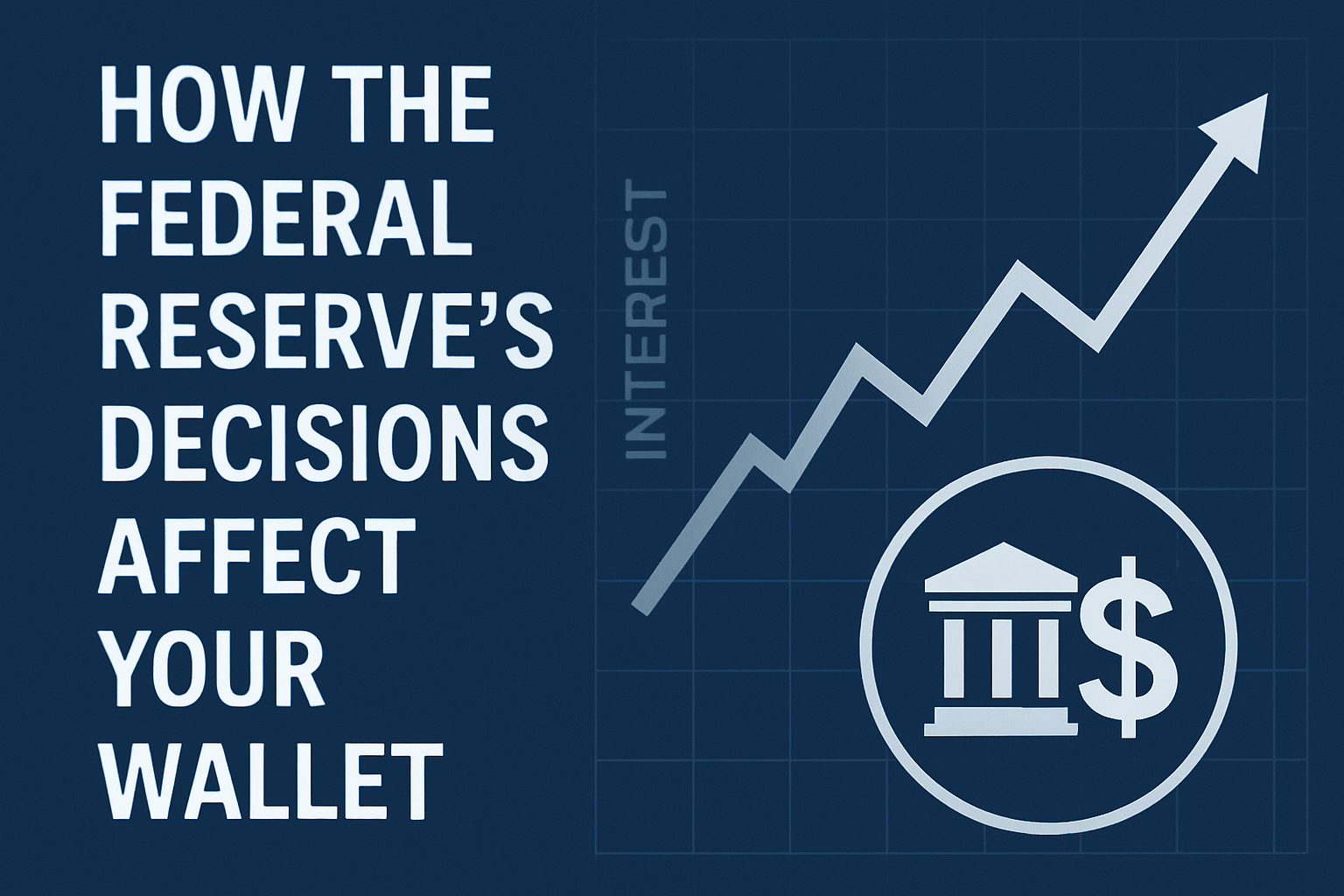In 2025, the world is more connected — and more indebted — than ever before.
Governments, corporations, and households alike are carrying record levels of debt, raising one urgent question:
What happens when the entire global economy owes more than it earns?
The term “global debt crisis” may sound abstract, but its consequences are anything but.
From higher interest rates to shrinking savings, the ripple effects reach all the way to the wallets of everyday investors.
Let’s break down what’s happening, why it matters, and how you can protect your money in this high-debt world.
1. A World Drowning in Debt
The numbers are staggering.
According to the IMF’s 2025 Global Fiscal Report, total worldwide debt has surpassed $315 trillion — the highest in history.
📊 Here’s the breakdown:
- Government debt: ~$97 trillion
- Corporate debt: ~$160 trillion
- Household debt: ~$58 trillion
That means the world’s debt now equals 336% of global GDP.
💬 In plain terms:
For every dollar the world produces, it owes more than three.
2. How We Got Here
The seeds of the current debt crisis were planted years ago — during the COVID-19 pandemic and its aftermath.
Governments printed trillions to stimulate economies.
Interest rates were near zero.
Borrowing felt free.
Then came inflation.
As central banks like the Federal Reserve and European Central Bank raised rates to cool the economy, the cost of servicing all that cheap debt exploded.
🏦 Result:
- Countries like Italy, Japan, and the U.S. now spend record portions of their budgets just paying interest.
- Emerging markets face currency crashes and capital flight.
- Corporate defaults are rising as refinancing costs soar.
(Related: U.S. Inflation Forecast: What to Expect in 2025)
3. Why It Matters for Everyday Investors
You might think this is only a problem for governments and banks — but it’s not.
The debt crisis affects every investor, from retirees with savings accounts to crypto traders chasing returns.
Here’s how:
💰 1. Rising Interest Rates = Lower Asset Prices
As governments raise rates to manage inflation and debt costs, stocks and bonds fall.
The higher the yield, the lower the price — a painful reality for portfolios heavy in bonds or growth stocks.
🏦 2. Slower Growth Ahead
Governments cutting spending to manage debt means less money flowing through the economy — which slows GDP and corporate earnings.
🌎 3. Currency Volatility
High-debt nations risk currency depreciation.
For example, if the U.S. struggles with its deficit, the dollar could weaken — affecting global trade, commodities, and even crypto prices.
🔥 4. Inflation’s Second Wave
Debt monetization (printing money to pay debt) risks another inflation spike — eroding the real value of savings and fixed-income returns.
4. Which Countries Are Most at Risk
Not all debt is created equal.
Some countries borrow in their own currency, others depend on foreign creditors — a key difference when crises hit.
⚠️ High-risk economies in 2025:
- Argentina: Recurring defaults and inflation above 150%
- Japan: Debt-to-GDP over 260% — though mostly domestic
- Italy: Fragile banking sector and limited growth
- United States: $35+ trillion in national debt and rising deficits
✅ Lower-risk economies:
- Switzerland, Norway, Singapore — strong currencies, disciplined fiscal policy, and sovereign wealth funds.
(Related: Will There Be a Recession in 2025? Economists Share Insights)
5. How Investors Can Protect Themselves
The goal isn’t to panic — it’s to prepare.
Here are five smart strategies for everyday investors:
🛡️ 1. Diversify Globally
Don’t let your portfolio depend on one country’s fiscal health.
Include international ETFs, emerging markets, and commodities like gold that hedge against currency risk.
💵 2. Prioritize Quality Assets
Focus on companies and governments with strong balance sheets and predictable cash flow.
📊 3. Hold Inflation-Resistant Investments
Consider TIPS (Treasury Inflation-Protected Securities), real estate, or commodities.
🔁 4. Maintain Liquidity
Avoid being overleveraged.
Cash provides flexibility during downturns and lets you buy opportunities when others panic.
🧠 5. Think Long-Term
Debt cycles are long — often lasting a decade or more.
The key is to adapt early, stay diversified, and avoid chasing speculative returns.
Final Thought
The global debt crisis is real — but it doesn’t have to be disastrous.
Throughout history, markets have recovered from inflation, defaults, and recessions.
The investors who thrive are those who understand the system, adjust their strategy, and stay disciplined.
Remember:
💬 It’s not about predicting the storm — it’s about building a portfolio that can weather it.
(Also read: How the Federal Reserve’s Decisions Affect Your Wallet)

